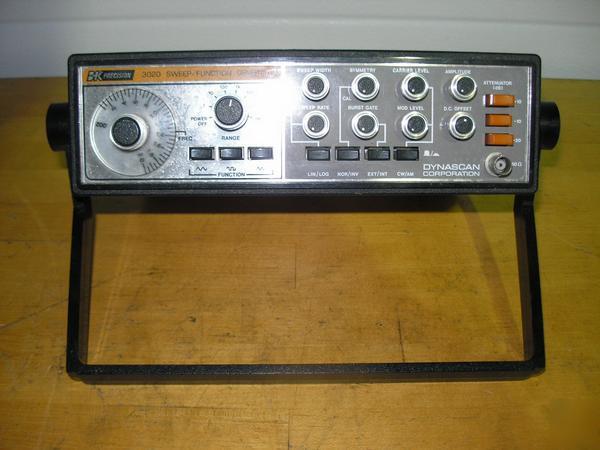Originally posted by gectek
View Post
Originally posted by robertisaar
View Post
Here is a quick diagram explaining what I am thinking.
The whistler is like this NERF Football whistler piece but uses steel instead and is scaled to size for optimal frequency. If they get small enough, many of them in a ring around the runner interior walls would compensate for size.







Comment